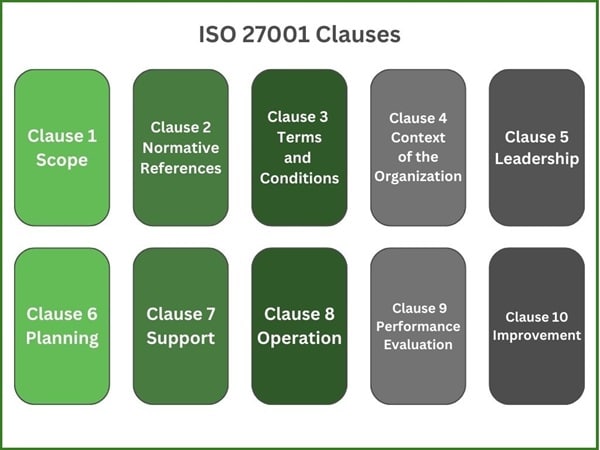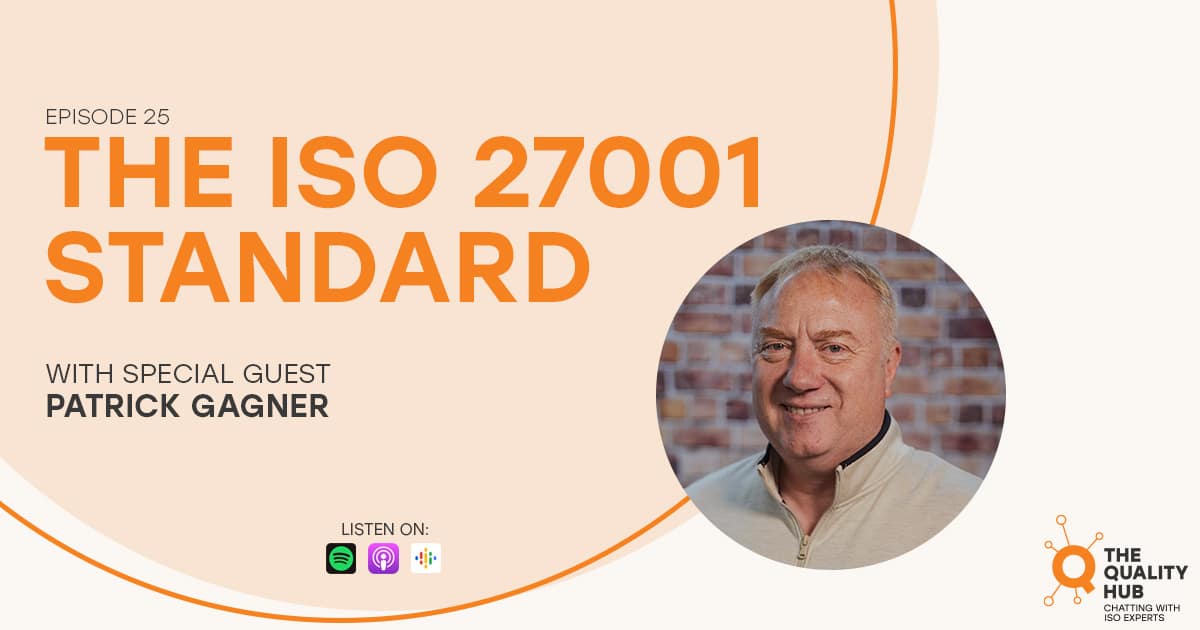ISO 27001 Clause 1 Explained
What is ISO 27001 Certification?
ISO 27001 certification is an internationally recognized standard for managing information security. It provides a systematic framework for organizations to establish, implement, maintain, and continuously improve an Information Security Management System (ISMS).
The certification ensures that an organization has identified potential security risks, applied appropriate controls to mitigate those risks, and has procedures in place to protect sensitive information such as customer data, financial records, and intellectual property.
Achieving ISO 27001 certification demonstrates a commitment to maintaining the confidentiality, integrity, and availability of information. It builds trust with customers, stakeholders, and partners by showing that the organization follows best practices for information security.
The certification process involves a formal audit by an accredited body, ensuring that the organization complies with the standard’s requirements and continues to manage information security effectively over time.
Get a Free Quote
What is the ISO 27001 Clause 1 About?
ISO 27001 Clause 1 is the Scope of the standard. This clause outlines the overall purpose and applicability of the ISO 27001 standard. It specifies that ISO 27001 provides the requirements for establishing, implementing, maintaining, and continually improving an Information Security Management System (ISMS) within the context of an organization.

Clause 1 makes it clear that the standard applies to any organization, regardless of its size, industry, or type, that seeks to ensure the protection of information assets by managing information security risks.
It focuses on ensuring the confidentiality, integrity, and availability of information through a risk management approach, and it is designed to be flexible so organizations can tailor the ISMS to their specific needs.
In essence, Clause 1 sets the foundation by defining that the standard applies to organizations that wish to manage their information security risks and put in place effective security controls.
What’s the difference between ISO 9001 Clause 1 and ISO 27001 Clause 1?
The difference between ISO 9001 Clause 1 and ISO 27001 Clause 1 lies in their focus and the scope of each standard:
ISO 9001 Clause 1: Scope (Quality Management)
ISO 9001 Clause 1 defines the scope of the Quality Management System (QMS) standard. It states that ISO 9001 specifies the requirements for a QMS where an organization:
-
- Aims to consistently meet customer and regulatory requirements.
- Seeks to enhance customer satisfaction through the effective application of its processes, including continual improvement and conformity to customer and applicable statutory requirements.
- In short, the scope of ISO 9001 is focused on improving product or service quality, ensuring customer satisfaction, and meeting regulatory obligations related to quality management.
ISO 27001 Clause 1: Scope (Information Security Management)
ISO 27001 Clause 1, on the other hand, defines the scope of the Information Security Management System (ISMS). It specifies that ISO 27001 provides the requirements for:
-
- Establishing, implementing, maintaining, and continually improving an ISMS.
- Managing information security risks and ensuring the protection of confidentiality, integrity, and availability of information.
ISO 27001’s scope focuses on protecting information and managing risks related to information security, rather than on product or service quality.
Key Differences:
Focus:
-
- ISO 9001 is centered on quality management and customer satisfaction.
- ISO 27001 is focused on information security management and risk mitigation.
Purpose:
-
- ISO 9001 aims to ensure products and services meet customer expectations and regulatory requirements.
- ISO 27001 aims to protect information assets by managing security risks.
Outcome:
-
- ISO 9001 certification demonstrates a commitment to high-quality products and services.
- ISO 27001 certification demonstrates a commitment to safeguarding sensitive information and managing security risks.
Both clauses set the context for their respective standards, but the core difference is in the areas they address—quality versus security.

How Much Time Does it take to get ISO 27001 Certification?
ISO 27001 certification takes 4 to 6 months to complete. If you are implementing multiple standards at the same time, it could take longer.
How Much Does it Cost to get ISO 27001 Certification?
Depending on the size and complexity of your company, it can cost between $18,000 and $23,000 to prepare for ISO 27001 certification.
Helpful Resources: The ISO 27001 Standard Podcast
In this episode of “The Quality Hub” podcast, host Xavier Francis interviews Patrick Gagner, a Cyber Consultant at Core Business Solutions, about the ISO 27001 and Information Security Management System. Pat explains ISO 27001 as an Information Security Management System (ISMS), emphasizing its risk-based approach to safeguarding information confidentiality, integrity, and availability. Listen Now
What is Annex A?
With ISO 27001 certification, Annex A plays a critical role as it provides a comprehensive list of information security controls that organizations can use to mitigate risks identified in their Information Security Management System (ISMS).

These controls are categorized into 14 domains, covering various aspects of information security such as access control, encryption, physical security, and incident management. Annex A helps organizations identify the specific controls they need to implement based on their unique risks and business environment, ensuring that the ISMS is tailored to address relevant security challenges.
It’s important to note that Annex A is not a checklist of mandatory requirements but rather a catalog of controls that organizations can choose from as appropriate to their specific needs. During the risk assessment process, an organization identifies its security risks and then selects controls from Annex A (or alternative controls) to mitigate those risks.
Annex A essentially serves as a reference to ensure that the organization has considered a wide range of security areas, providing a structured way to safeguard the confidentiality, integrity, and availability of information.
The use of Annex A demonstrates a proactive and structured approach to information security within the organization’s ISO 27001 framework.
Customer Reviews


